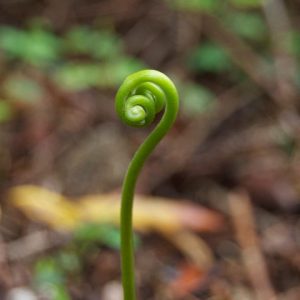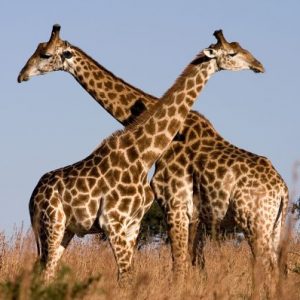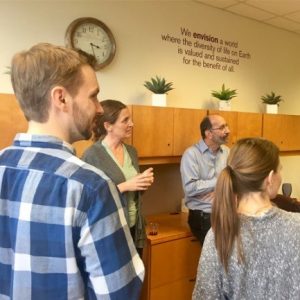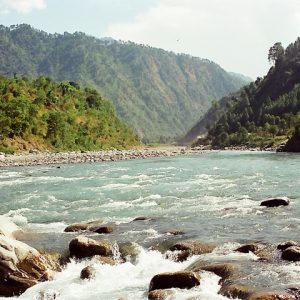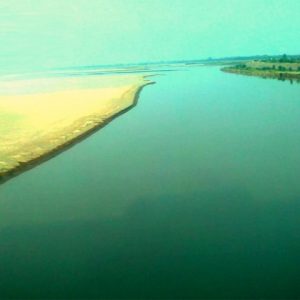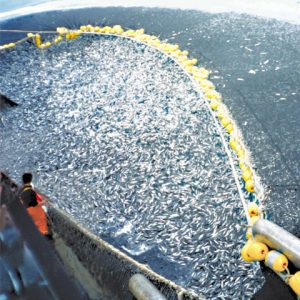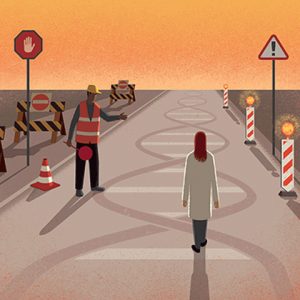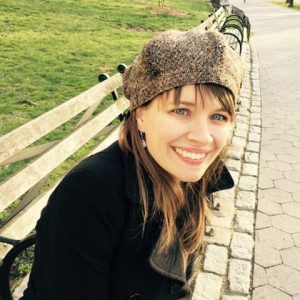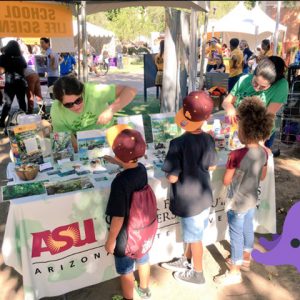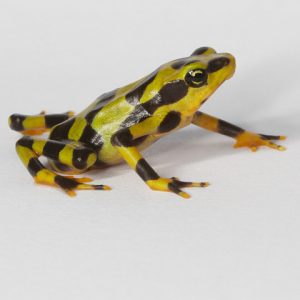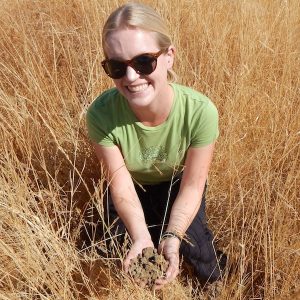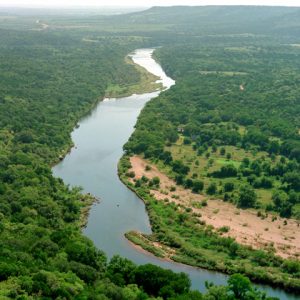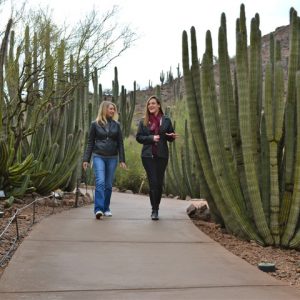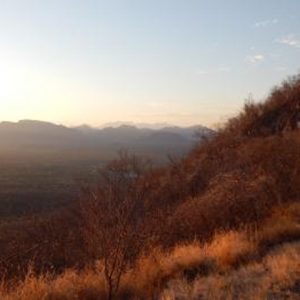Why companies should care about biodiversity
January 19, 2017
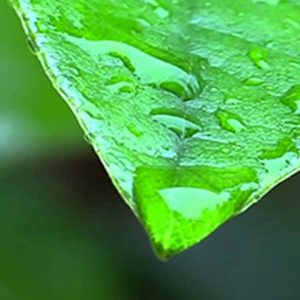 On January 18th, the ASU Center for Biodiversity Outcomes (CBO), in partnership with the Security and Sustainability Forum and ASU School of Sustainability, facilitated a free webinar titled Why Companies Should Care About Biodiversity.
On January 18th, the ASU Center for Biodiversity Outcomes (CBO), in partnership with the Security and Sustainability Forum and ASU School of Sustainability, facilitated a free webinar titled Why Companies Should Care About Biodiversity.
Corporations engage in sustainable practices for reasons beyond creating a positive public image. Sustainability practices also improve profitability and help businesses comply with emerging regulations. Many companies look outside their own doors for help in making smart choices and maximizing the impact of those choices.
Maintaining a cooperative dialogue between corporate, NGO and academic sectors is fundamental in developing and sharing creative solutions to pressing biodiversity conservation issues.
Webinar panelists included Gabriella Burian (Senior Director, Sustainable Development at Monsanto), Mark Weick (Director, Sustainability Programs at The Dow Chemical Company), Jen Molnar (Managing Director and Lead Scientist of The Nature Conservancy’s new Center for Sustainability Science) and Beth Polidoro (Assistant Professor of Environmental Chemistry at ASU's School of Mathematical and Natural Sciences and Associate Director of Research at CBO).
A free recording of the webinar is available here.


